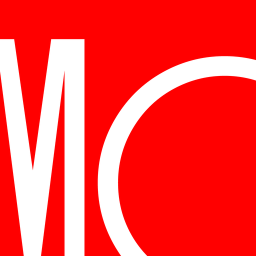JPMorgan Diversified Return EMkts Eq ETF earns a High Process Pillar rating.
The most notable contributor to the rating is that this fund tracks an index. Historical data, like Morningstar's Active/Passive Barometer, finds that passively managed funds have generally outperformed their active counterparts, especially over longer time horizons. Noteworthy risk-adjusted performance also bolsters the rating. This can be seen in the fund's five-year alpha calculated relative to the category index, which suggests that the managers have shown skill in their allocation of risk. The parent firm's five-year risk-adjusted success ratio of 57% strengthens the process. The measure indicates the percentage of a firm's funds that survived and outperformed their respective category's median Morningstar Risk-Adjusted Return for the period. Their commendable success ratio suggests that this firm does well for investors and that this fund may benefit from that.
This strategy leans toward smaller, more undervalued companies compared with its average peer in the Diversified Emerging Mkts Morningstar Category. Analyzing additional factors, the managers have consistently overweighted yield-paying companies compared with Morningstar Category peers in recent years, shown by the portfolio's high exposure to stocks paying dividends or buying back shares. Higher-yield stocks can provide steady income, but also have their risks. Dividend payers may cut payouts, for instance, if their earnings fall. In recent months, the strategy was more exposed to the Yield factor compared with its Morningstar Category peers as well. This strategy has also exhibited a tilt toward low-volatility stocks in recent years, meaning companies with a lower historical standard deviation of returns. These low-risk stocks are typically at their best when markets are not. Low volatility exposure contributes to limited loss on the downside at the cost of a lag in bull markets. Similarly, in recent months, the strategy also had less exposure to the Volatility factor than peers. In addition, this strategy has not maintained a defensive tilt, demonstrated by low exposure to the quality factor. This means the fund avoids holding firms that are consistently profitable, growing, and have solid balance sheets. Such positions do not tend to provide much ballast for a portfolio. Nevertheless, the fund's Quality exposure was in line with peers in the latest month. More information on a fund and its respective category's factor exposure can be found in the Factor Profile module within the Portfolio section.
The portfolio is overweight in utilities and industrials relative to the category average by 6.0 and 5.8 percentage points, respectively. The sectors with low exposure compared to category peers are technology and consumer cyclical, underweight the average by 17.1 and 4.6 percentage points of assets, respectively. The strategy owns 559 securities and its assets are more dispersed than peers in the category. In particular, 10.4% of the strategy's assets are concentrated in the top 10 fund holdings, as opposed to the category average's 25.3%. And in closing, in terms of portfolio turnover, looking at year-over-year movements, 33% of the fund's holdings have turned over, whether through increasing, decreasing, or changing a position.

